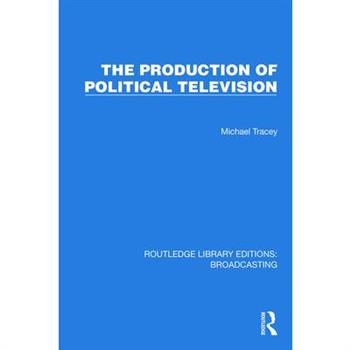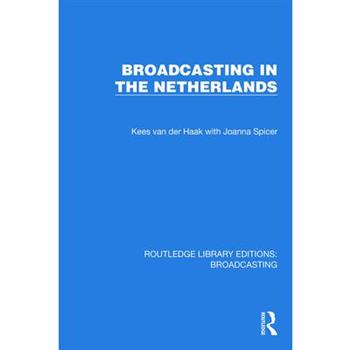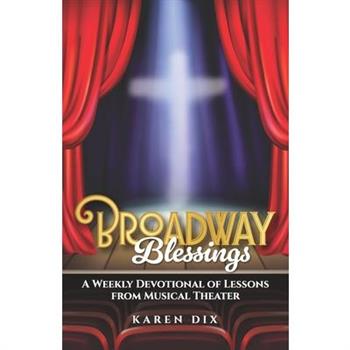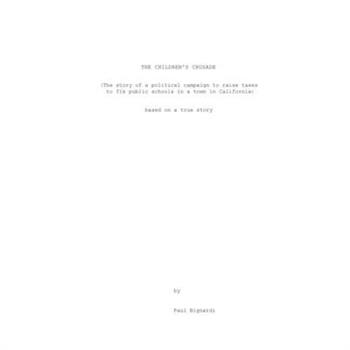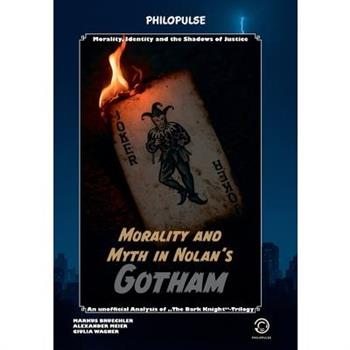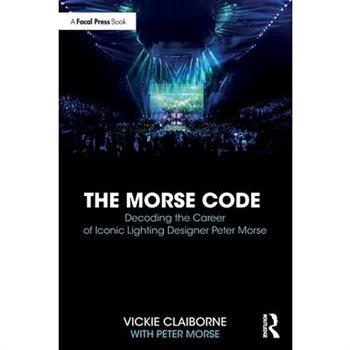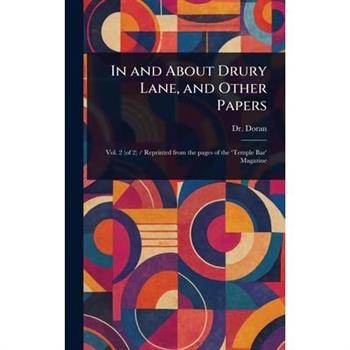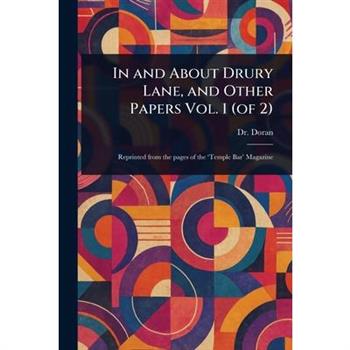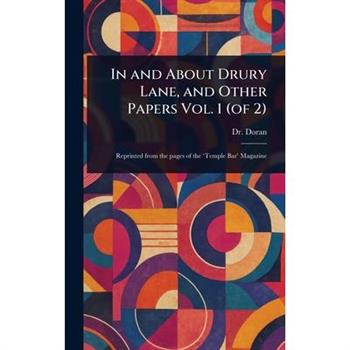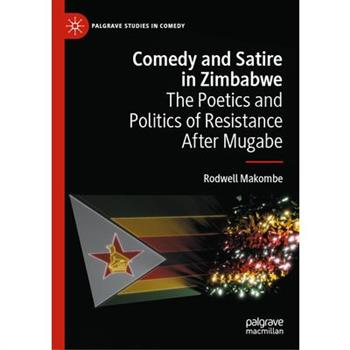Death in Modern Theatre
Death in modern theatre offers a unique account of modern Western theatre, focusing on the ways in which dramatists and theatre-makers have explored historically informed ideas about death and dying in their work. It investigates the opportunities theatre affords to reflect on the end of life in a compelling and socially meaningful fashion. In a series of interrelated, mostly chronological, micronarratives beginning in the late nineteenth century and ending in the early twenty-first century, this book considers how and why death and dying are represented at certain historical moments using dramaturgy and aesthetics that challenge audiences' conceptions, sensibilities, and sense-making faculties. It includes a mix of well-known and lesser-known plays from an international range of dramatists and theatre-makers, and offers original interpretations through close reading and performance analysis.
Stanislavsky's Use of Improvisation
Stanislavsky's Use of Improvisation is the first work that brings together material across Stanislavsky's entire career to survey his use of improvisation. Improvisation was a key concern for Stanislavsky, one that impinged on his acting, directing, and pedagogical work. Consequently, it features in many books on the System, but this study is unique because it focuses explicitly on improvisation and its place in Stanislavsky's development as a theatre-maker. This allows the reader to see how Stanislavsky treated improvisation as a highly mutable practice that was not bound to one particular interpretation, definition, or application. Improvisation will always relate to the present moment in an actor's work, to the here and now; it values aliveness and an engagement with the role. Beyond that, however, Stanislavsky's use of improvisation was a dynamic and expanded one that answered a range of work challenges.
The Life and Work of Nature Theater of Oklahoma
Making Interdisciplinary Performance
This collection offers an examination of and guide to interdisciplinary collaboration through the working practices of performance makers, exploring its pleasures, problems and pitfalls.The book explores contemporary working practices at the interfaces between performance and other disciplines. Focusing on collaborations between theatre makers and these 'others', it investigates the processes and conditions involved in the interdisciplinary. Chapters cover areas such as psychology, the environment, physical cultures, the military, healthcare, festivals and communities, architecture, pedagogy and fine dining. At a time when interdisciplinary practice is actively encouraged in the academy, this book asks what it means in practical terms to engage with artists and scholars outside of our home territories. Where does the interdisciplinary exist and what does it rely on? How do theatre makers approach and sustain these projects? What is the nature of the journey? Offering examples of unusual collaborations and arranged through 3 key areas of performance-making, this book acknowledges the difficulties of such work and that the aims of interdisciplinarity can fail, while examining how new methods and understandings can shift notions of knowledge.
罈Postheimat竄 - Inquiries Into Migration, Theatre, and Networked Solidarity
Over the last decade, the role of diversity, migration, and representation in the German cultural sector has drastically changed. The PostHeimat network -- a three-year experiment in networked solidarity between major German public theatres, migrant actors, directors, and researchers -- grappled with how to think about home after migration. The contributions to this book document the problems and potentials of reflexive and research-based migrant theatre initiatives. Emerging from research encounters and performances across Germany, this study incorporates the critical perspectives of activists, artists, practitioners, scholars, and cultural mediators from these initiatives and does not shy away from an open reflection on the failures and pitfalls of well-intended cultural policies.
Chai Noon
Only a few Westerns contain explicitly Jewish stories or themes, and very rarely do Old West tales involve identifiably Jewish characters. Yet Jewish contributors have shaped the Western--once Hollywood's most popular genre--ever since the silent era, both onscreen and offscreen, and some filmmakers have sought to infuse the genre with a distinctly Jewish sensibility. In Chai Noon, Jonathan L. Friedmann applies some of the central questions of Jewish film studies to the Western: What makes a movie "Jewish"? What counts as a "Jewish image" on screen? What types of Jewish representation are appropriate? How much of a film's "Jewishness" owes to the filmmakers and how much to the viewer's interpretation? This volume joins other reconsiderations of outsider and minority representations in Westerns to offer a more nuanced view of the genre. Friedmann engages with larger themes of Jewish identity in popular film, including depictions of race, ethnicity, and foreignness. He also identifies similar concerns within the invention and creation of the imaginary West writ large in American culture. The juxtapositions prove to be both unexpected and intuitively understandable.










